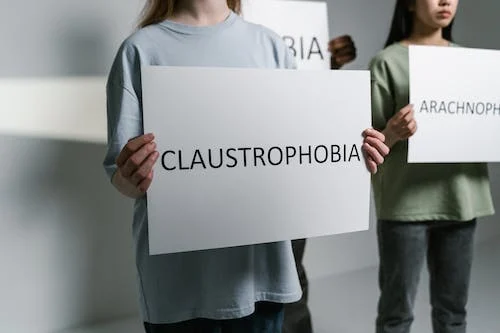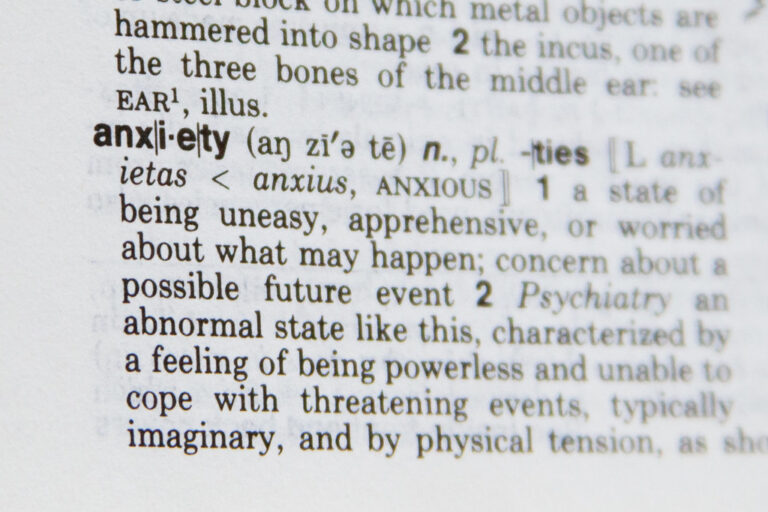Claustrophobia: The Fear of Confined Spaces
Claustrophobia: If you struggle with an intense and irrational fear of closed areas, it can be a pressing source of feeling overwhelming anxiety. What triggers these specific phobias or disorders, and where does it stem from? How does it manifest? And is there a way to overcome it? Claustrophobia awareness is crucial, as it can help you free yourself from its damaging influence.
Claustrophobia – Overview
Claustrophobia is a specific phobia of confined and crowded spaces. Because of it, the irrational thoughts about being in a tight space with no way out become anxiety-inducing. It can even feel like a panic attack but isn’t classified as a panic disorder.
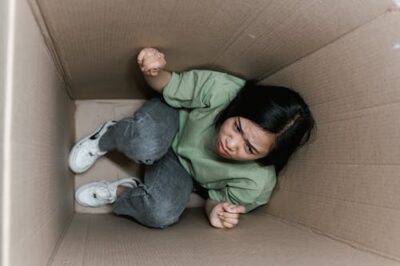
This is one of the most common phobias, and its severity varies from one person to another. While some only experience it during MRI scans, others get triggered by windowless rooms, trains, busy highways, and more. Accordingly, the symptoms of claustrophobia can subside for some people, while others need to seek treatment.
Causes
What’s the route of this phobia, you may ask? Neurochemicals overstimulate your amygdala (the brain part causing fear responses), which results in this overreaction. But why do these neurochemicals act abnormally? Although the reasons aren’t confirmed, likely ones are:
Trauma
This applies to adults who were bullied or abused in their childhood which lead to them losing control. For example, they may have been locked in a room on purpose (as punishment), trapped in a small space by accident, or separated from their parents in crowded areas.
However, a traumatic event can happen in any life stage and lead to a social anxiety disorder. And experiencing such events in adulthood can have the same effect. For instance, claustrophobic people may have been stuck in an elevator or gone through severe turbulence on a plane.
These events may cause classic conditioning. In other words, affected individuals may associate confined areas with danger, triggering an extreme reaction.
Having a Claustrophobic Parent
Genetics can increase the chances of developing claustrophobia. And the gene GMP6A is suspected of having the defect responsible for it. Otherwise, kids may develop claustrophobia after witnessing their parents’ anxiety about confined spaces.
Triggers
Confined areas that can trigger claustrophobia anxiety include:
- Elevators
- Planes
- Subways
- Trains
- Tunnels
- Cellars
- Closets
- Small cars
- Cars with automatic door locks
- Car washes
- Public toilets
- Changing rooms
- Crowded spaces (such as concerts and parties)
- Windowless rooms
- Revolving doors
- MRI scans
- CT scans
- Caves
- Crawl spaces
Symptoms
Let’s go over the symptoms that claustrophobic people commonly experience:
- Anxiety in tight spaces
- Lightheadedness
- Excessive perspiration
- Palpitations
- Dizziness
- High blood pressure
- Sweating
- Shaking
- Nausea
- Dry mouth
- Chest pain or tightness
- Difficulty breathing
- Choking sensation
- Flushing and chills
- Stomach issues
- Numbness
- Tingling
- Ringing in the ears
- Hot flashes
- Headaches
- Confusion and disorientation
- Wanting to use the bathroom
- Tantrums and crying (in children)
- Clinging and freezing (in children)
Diagnosis – Claustrophobia
You may think there’s no need for a diagnosis since your need to escape tight spaces is enough to alert you to your severe claustrophobia. However, we sincerely recommend you consult a doctor if your symptoms make it hard for you to go about your day.
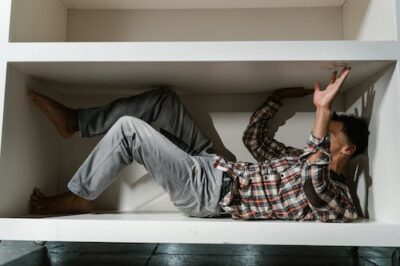
Diagnosis helps doctors confirm that it’s a phobia rather than a normal fear and ensure that it isn’t caused by a medical problem or mental disorder.
In this diagnosis appointment, the doctor will inquire about your health history, symptoms, recent causes of stress, recent life changes, and any medication you’re on. They’ll also run a physical test.
Not to mention, they’ll request that you fill out a questionnaire and ask you about the severity of your claustrophobia, how it affects you and your loved ones, how it makes you feel, and how you cope with it.
Still, what drives the doctor to diagnose you with claustrophobia? That’d be a/an:
- Unreasonable/unexplained fear specific to confined spaces.
- Fear that’s unexplained or related to other conditions or disorders
- Panic attacks
- Tantrums, clinging and crying (specific to children)
- Disproportionate fear of the situation
- Intense fear for six months or more
- Fear that’s usually triggered by being in and thinking of small spaces
- Tendency to avoid confined spaces or endure them with difficulty
- Fear that undermines your ability to function and affects your relationships
Treatment
Claustrophobic people can turn to psychotherapy. Common treatments include:
Cognitive Behavioural Therapy (CBT):
By discussing your fear and the distorted beliefs that fuel it, you learn to alter and control them. This way, you can change your reaction to confined spaces.
Exposure Therapy
In this desensitisation therapy, you’re placed in non-danger situations that make you claustrophobic (like looking at a photo of a confined space). Then, your therapist works you up to being in a small room with little fear via repeated and gradual exposure to confined spaces.
Virtual Reality (VR)
Virtual reality technology allows you to undergo simulations of confined spaces, such as MRI machines and elevators while being physically safe. Confronting your phobia in this way can help you overcome it.
Rational Emotive Behavioural Therapy (REBT)
As a form of CBT, REBT focuses on unhealthy behaviors and attitudes so that you can replace them with healthy and realistic beliefs.
Relaxation and Visualisation
Your therapist can teach you relaxation and visualisation techniques to implement when you’re in a tight space (like counting down from 10). As a result, you’ll feel less anxious in those situations.
Medication
If therapy alone isn’t effective, your doctor might prescribe you antidepressants or anxiety drugs to help you handle the physical symptoms and panic attacks associated with claustrophobia.
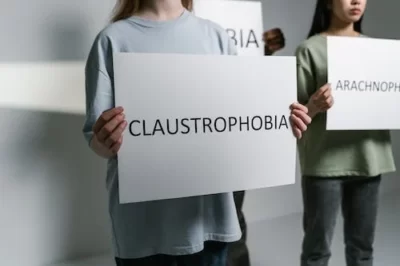
These include selective serotonin reuptake inhibitors, benzodiazepines, and other investigational drugs like hydrocortisone. And according to the National Center for Biotechnology Information (NCBI), patients who take 10mg of oral hydrocortisone get better results from CBT.
Final Words
Claustrophobia, the fear of confined spaces, may be due to trauma or genetics. Regardless, it leaves the claustrophobic person anxious in tight spaces. The symptoms vary in severity, and the phobia can go away for some. However, others may need help.
We urgently ask you to consult a doctor if your symptoms interfere with your daily life. Thanks to psychotherapy and medication, they can help you face your phobia in a safe environment and live a normal life.
Undertake our ‘Confined Space Awareness Course‘ to appreciate the impact on the work environment.
This awareness course addresses the major issues about hazards encountered when working in or near confined spaces, as identified in the Model Code of Practice – Confined Spaces.
It covers the obligation of workers and persons in control of a business or undertaking (PCBU) with regard to working around confined spaces.
The course is divided into 4 parts:
- Confined Space Overview
- Risks and Hazards
- Risk Assessment and Control
- Entry to a Confined Space

